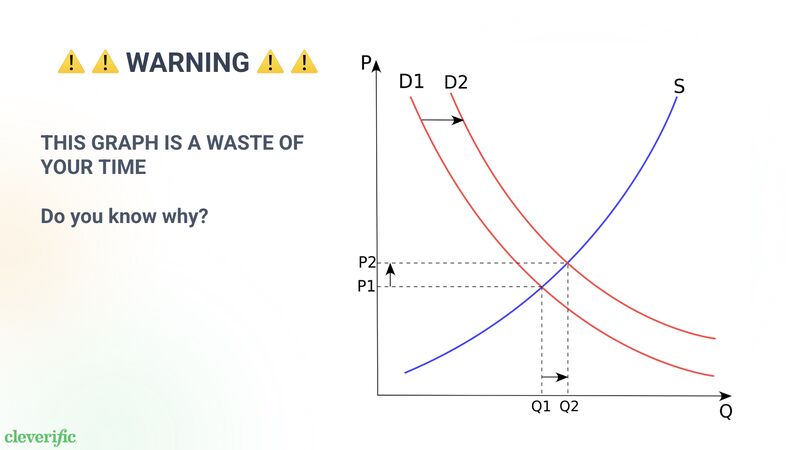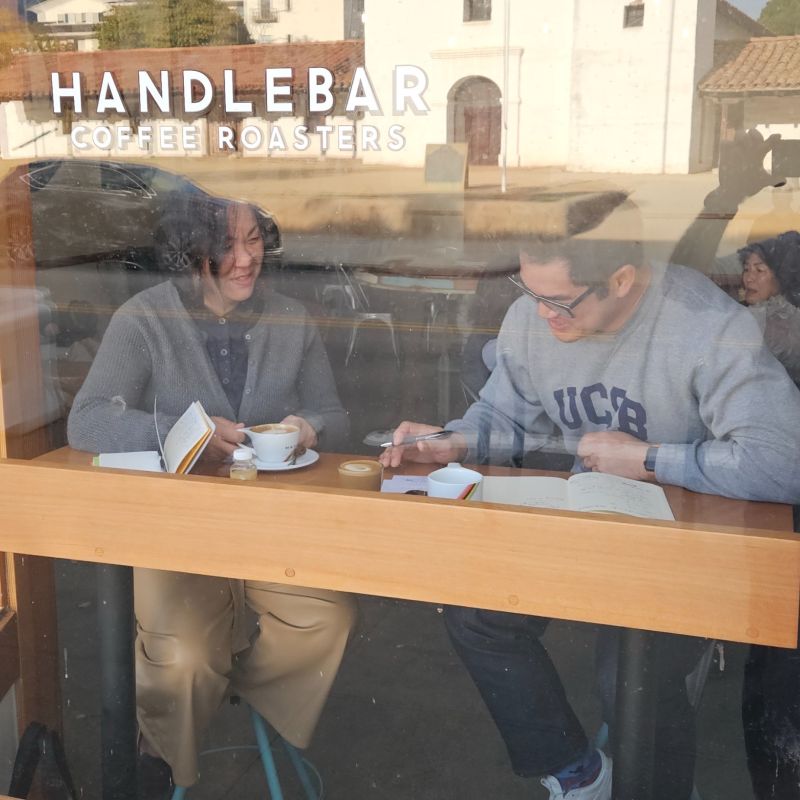SaaS Pricing and Econ 101

Everyone recognizes this graph from their high school econ class. It's your basic supply and demand curve.
A few years ago, a private equity investor was interested in a minority investment in our business and suggested that we do some pricing experiments to draw this graph.
On the surface it sounds so smart. There are numbers! Graphs! Data! We're doing biz-econ, baby.
It was the worst pricing advice I'd ever received.
First of all, we're 100% bootstrapped and will never take an investment. Second, the S&D curve has nothing to do with your app (or at least it better not!). Here's why:
- ICP: Maybe you get more or fewer users at a given price point but are they the right users?
- Statistical significance: You'll never have enough time or traffic or sign ups to draw conclusions at a useful confidence interval
- Assumption of perfect competition: Is your app undifferentiated? Does it have a perfect substitute?
The last point is the real kicker. The S&D curve is a model that assumes perfect competition: an undifferentiated product with undifferentiated consumers. Good apps solve problems with a specific approach and ICP in mind. It's these points of differentiation that make this Econ 101 model completely useless.
Attempting to draw a supply and demand curve for an app’s pricing is often more performative than practical. A smarter approach is:
- Understand your core users and what they value.
- Price based on outcomes delivered, not on chasing volume.
- Focus on differentiation and positioning rather than modeling theoretical price elasticity.
-- This is excerpt from my talk, “Pricing Power: How SaaS Companies Can Grow More by Charging Right,” at Mantle’s Techtonic event on May 28, 2025 — hosted by Mantle, Gadget, and Cleverific.

